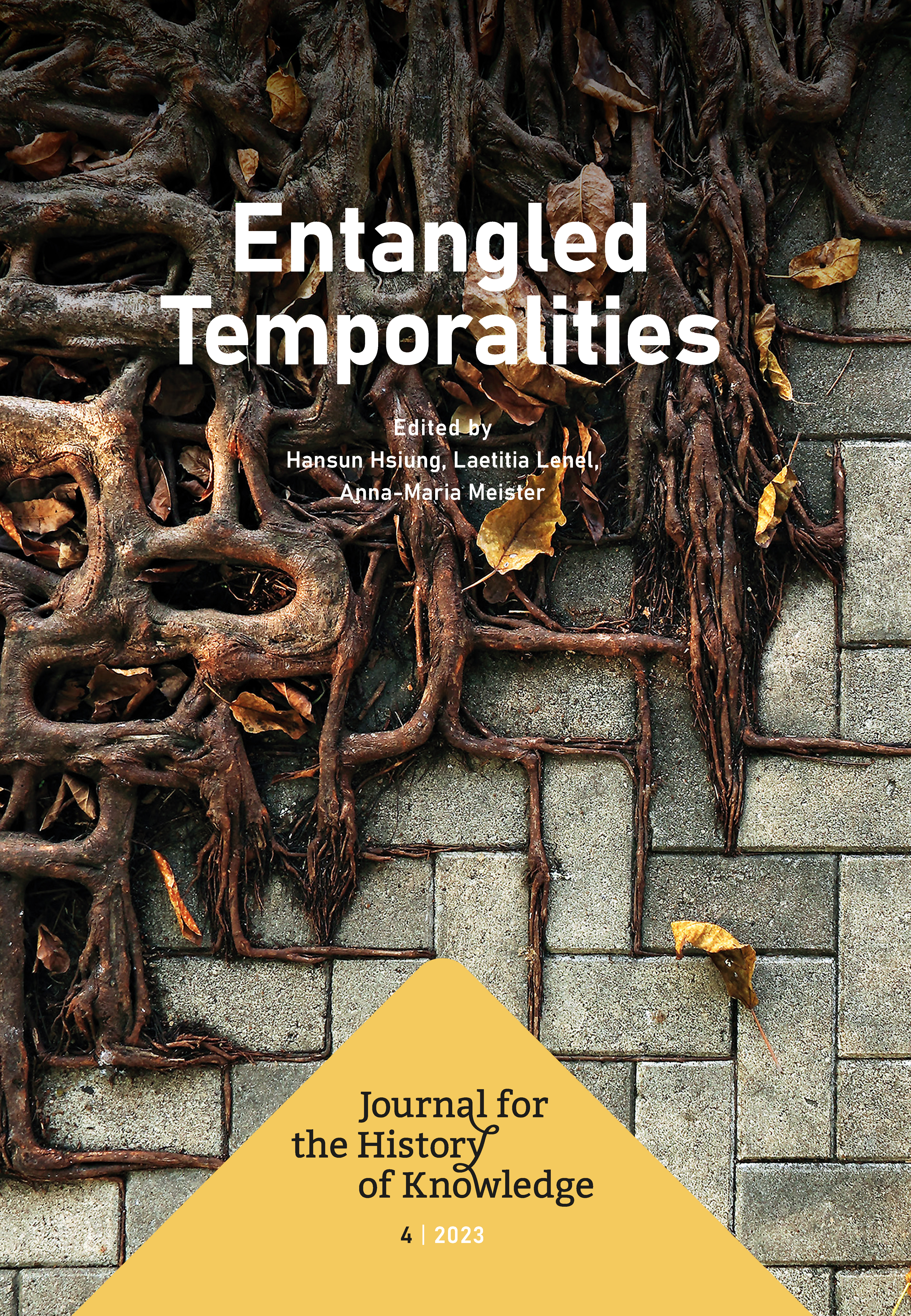Complete, Accessible, Now
What Is Living and What Is Dead in the Research Library
DOI:
https://doi.org/10.55283/jhk.12409Keywords:
libraries, information, USA, access, completeness, communicationsAbstract
The history of the research library represents a series of negotiations over the spatio-temporalities of knowledge. This article focuses on debates over the nature and organization of university research libraries triggered by Harvard president Charles W. Eliot’s 1902 proposal to partition “living” and “dead” books based on usage statistics, relocating “dead” books to offsite storage inaccessible for browsing. I use the Eliot debate to explore attempts to reconcile shifting ideals, institutions, and practices of research itself at the dawn of the twentieth century. Two intertwined ideals lie at the heart of my analysis: completeness and access. At the start of the debate, Eliot’s opponents associated research with an ideal of accumulative completeness that was generative of access, then understood as the browsing of physical stacks. By growing indefinitely under one roof, research collections would remain physically accessible to browsers. Over the course of the next decade, however, as storage pressures mounted, ideas of access came to be detached from onsite browsing and attached to logistical concerns over communications and transport infrastructures. An accumulative ideal of completeness thus came to be replaced by what I call communicative completeness, wherein scattered, partial collections physically inaccessible were made virtually accessible by central bureaus of information. This redefinition of the relationship between access and completeness, I argue, is foundational for contemporary attempts to revive the dream of the universal library, e.g., the Internet Archive.
Before this article appeared in Volume 4 (2023), it had been published as 'online first' article on the website of Journal for the History of Knowledge on May 31, 2023. The article was not changed when it was published in the annual volume.
Downloads
Published
Issue
Section
License
Copyright (c) 2023 Hansun Hsiung

This work is licensed under a Creative Commons Attribution 4.0 International License.



